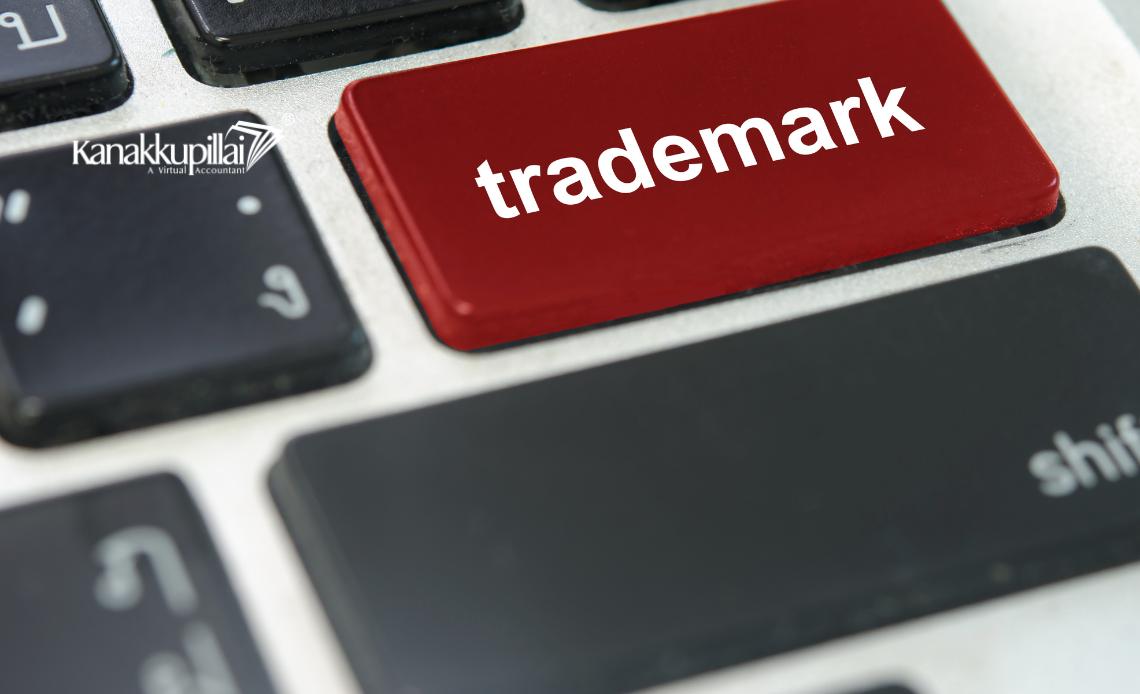Businesses trying to preserve their brand identification and stop illegal global trademark use must first file a well-known trademark. Companies may create exclusive rights to their brand name, logo, or slogan by registering a trademark as well-known, therefore preserving their brand reputation and goodwill all around. This procedure shows the general acceptance and respect of the trademark within the relevant industry of the public by fulfilling certain requirements established by the World Intellectual Property Organization (WIPO) and national trademark administrations. In the end, claiming a well-known trademark is a calculated action that keeps companies competitive and guarantees the future success of their brand on the worldwide market.
What is a Well-known Trademark?
A trademark is well-known if a lot of people who use or get the goods or services related to it know what it stands for. There is a link between the person using the mark and the goods or services because of this recognition. Well-known brands have national and cross-category protection, ensuring that their trust and image are protected abroad.
Why Should You File a Well-Known Trademark?
Businesses that want to protect their brand name and stop illegal use around the world must file a well-known trademark. This process ensures that the name is known and valued abroad, keeping the brand’s image and trust. By filing a well-known trademark, companies can prevent others from using similar marks, thereby protecting their brand’s identity and image. This safety is important for having a competitive edge and ensuring long-term success in the market.
File a Well-known Trademark: Step-by-Step Procedure
1. Conduct a Trademark Search
To make a trademark search, start by checking existing patents on the USPTO’s Trademark Electronic Search System (TESS) database. Identify possible conflicts by looking for exact or similar marks, including changes in writing, nicknames, and plurals. Ensure your brand is unique by widening your search to include related marks, foreign words, and popular nicknames. Use specialized tools or intellectual property lawyers to perform a thorough search, including registered and unregistered marks, to avoid possible infringements and ensure the uniqueness of your brand.
2. Determine the Trademark’s Scope
To demonstrate the trademark’s reach, name the goods and services linked with the mark. This includes individual things or services, such as software, games, or shop services. Ensure the description is full and accurate, using acceptable labelling of goods and services from the USPTO’s ID Manual. Determine the regional reach by considering the places where the mark will be used, such as national or foreign. Ensure the name is valid by matching it with the International Classification of Goods and Services (NICE agreement) and paying the necessary fees for each class.
3. Prepare a Strong Application
To prepare a good patent application, ensure the application is full by including all necessary information and supporting papers. This includes a detailed account of the mark, the goods and services it represents, and the applicant’s contact information. Include all applicable papers, such as a statement of use, an example of the mark, and proof of continued use. Ensure the application is correct by double-checking for mistakes and errors. Use clear and short writing, and ensure all supporting papers are understandable and in the proper style.
4. File the Application
To make a trademark application, send the application through the USPTO’s Electronic System for Trademark Correspondence (ESTTA) or by mail. Ensure all necessary information and supporting papers are included, such as a full account of the mark, the goods and services it represents, and the applicant’s contact information.
Pay the necessary fees, which include the file fee, search fee, and examination fee. Ensure the application is handled by ensuring that all necessary information and supporting papers are included. If sending by letter, use the right address and ensure the application is properly sealed and marked. Monitor the application progress through the USPTO’s online page or by calling the USPTO directly.
5. Monitor the Application
To watch a patent application, track the progress through the USPTO’s online site or by visiting the USPTO directly. Respond quickly to any office actions or complaints, handling each issue fully and giving supporting proof. Ensure the application is accepted by ensuring that all necessary information and supporting papers are included and that the application meets the USPTO’s standards. Monitor the application progress regularly to stay informed and solve any problems quickly.
Conclusion
Businesses trying to safeguard their brand identification and stop illegal trademark usage globally must first file a well-known trademark. Businesses can effectively register a trademark as well-known and safe worldwide protection for their brand by following the guidelines in this guide, including doing a thorough trademark search, ascertaining the scope of the mark, preparing a strong application, filing the application, and monitoring the process. Investing in a well-known trademark is ultimately a calculated action that supports brand reputation preservation, avoidance of infringement, and long-term viability in the worldwide market.





